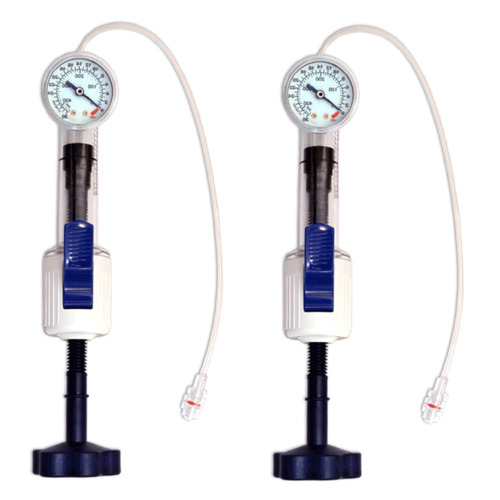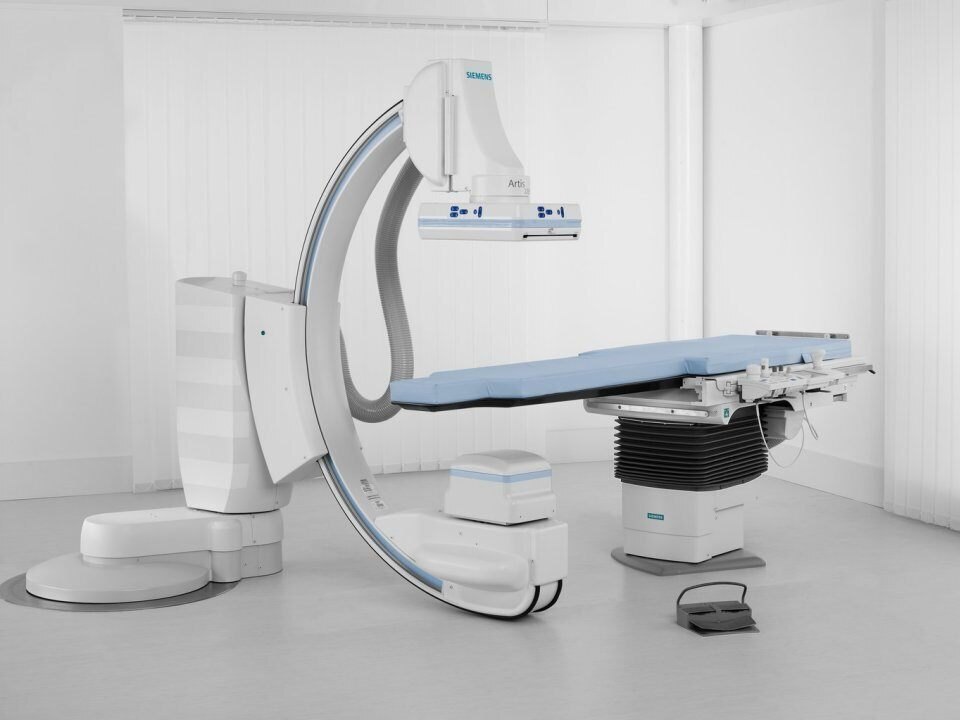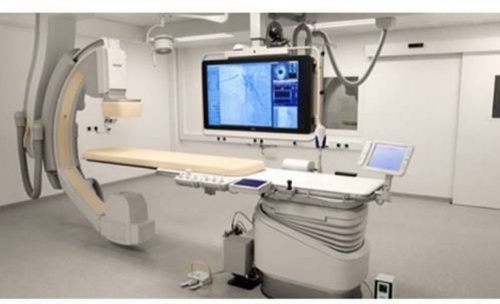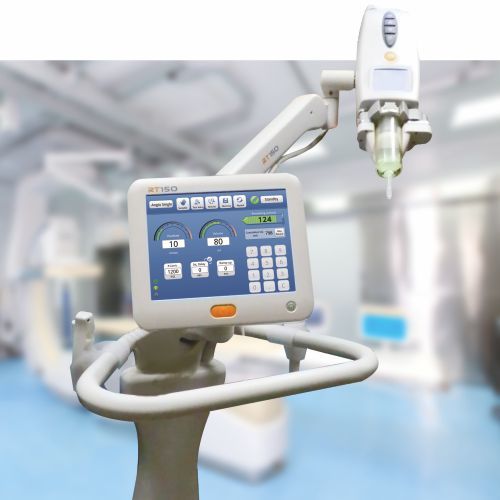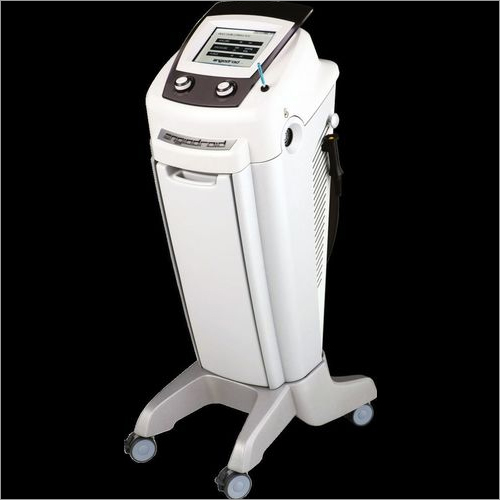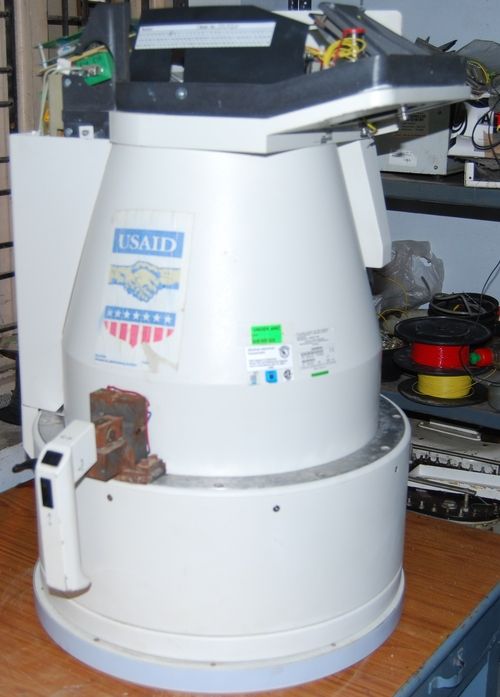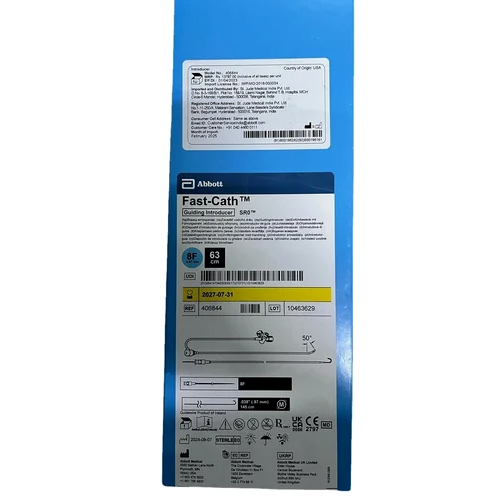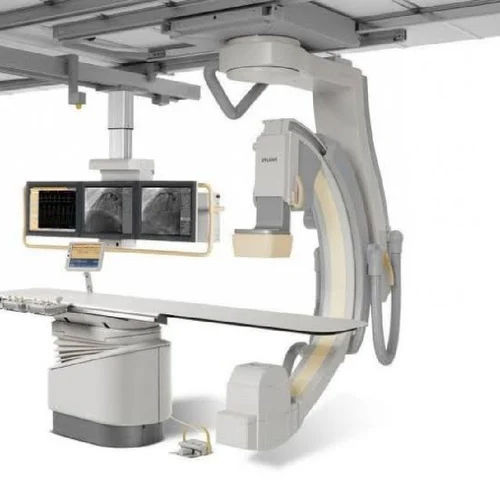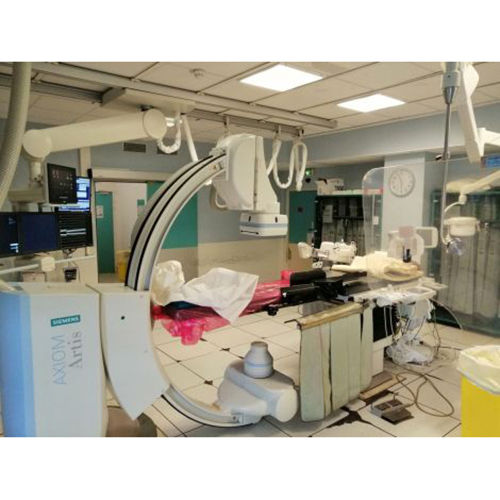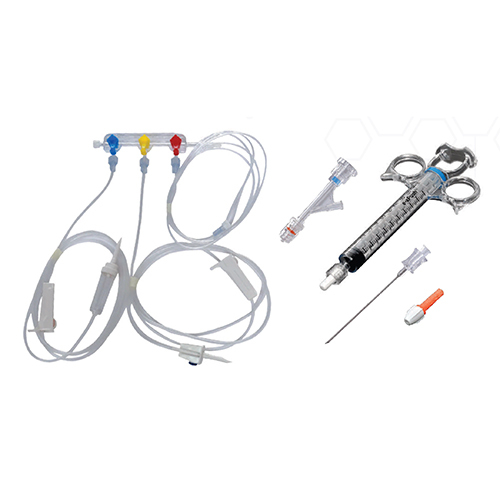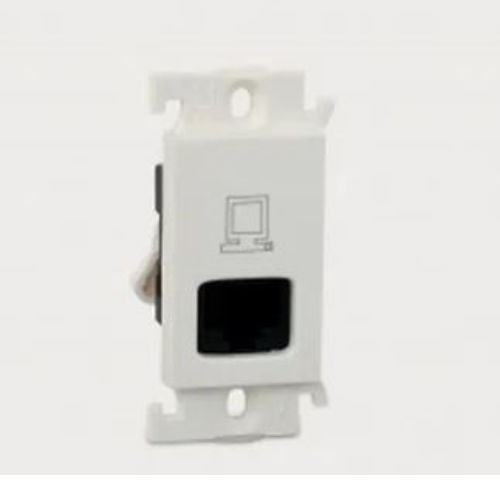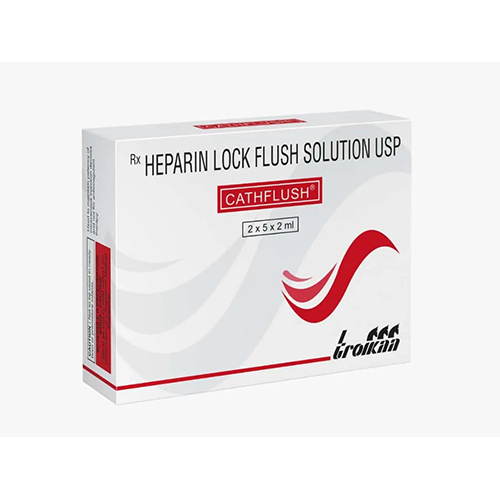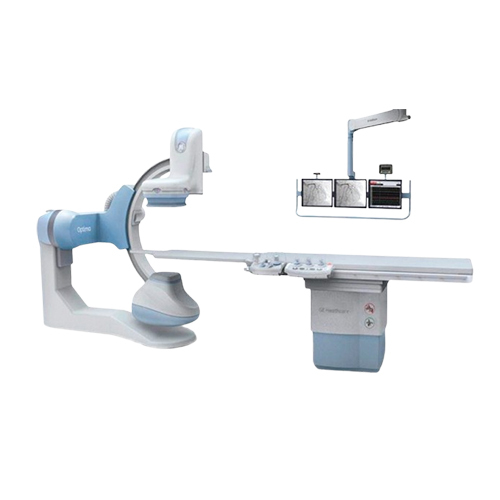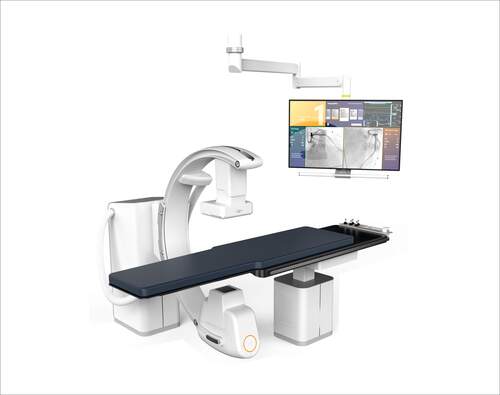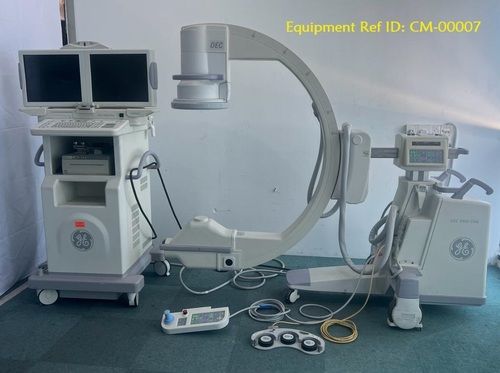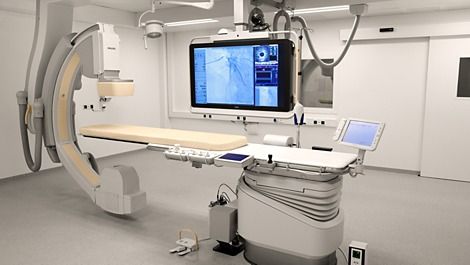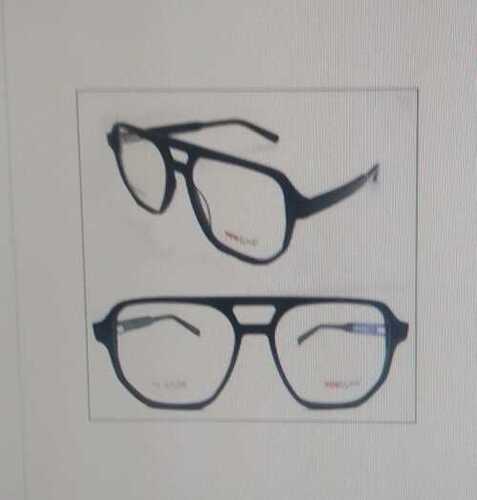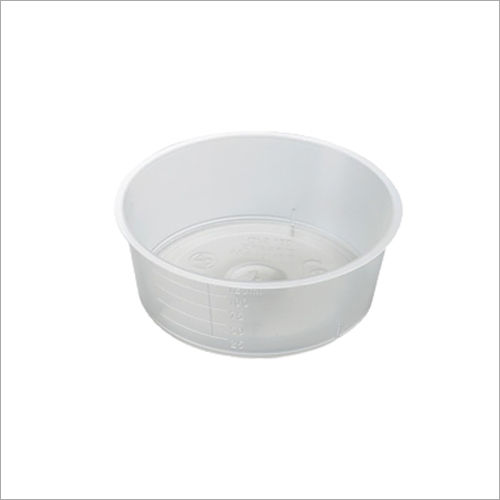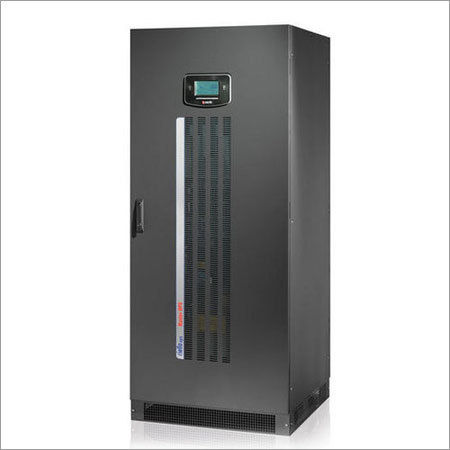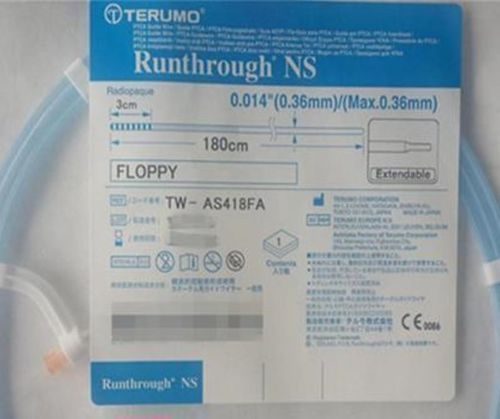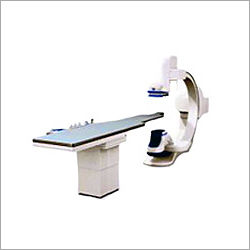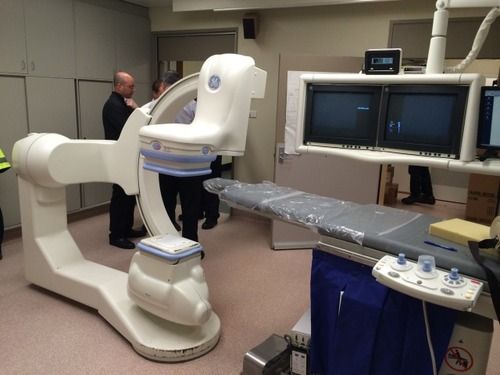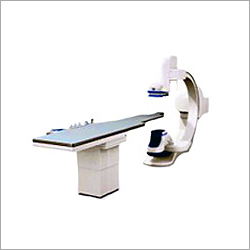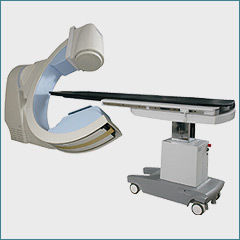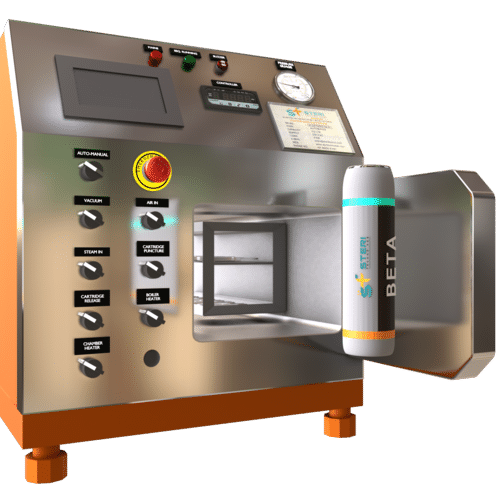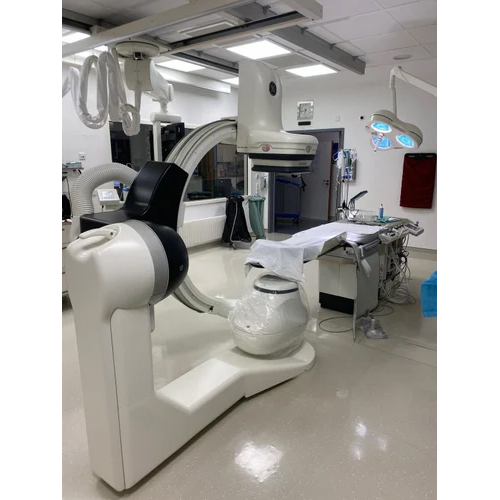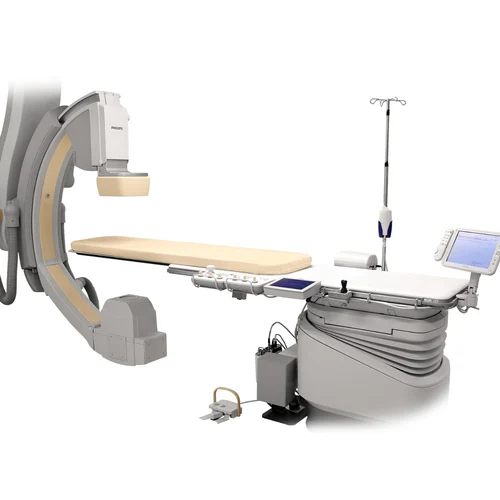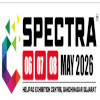Cath Lab
(90 products)Inflation Device - Plastic, 20ml/25ml/30ml with Stopcock | High-Precision Pressure Control, Ergonomic Design, Durable Black Finish, Manual Operation, Reliable and Leak-Proof
Price: 2100 INR/Piece
MOQ10 Piece/Pieces
InstrumentSurgical Kits
TypeHand Devices
MaterialPlastic
ConditionNew
PortableYes
RechargeableNo
Siemens Artis Zee Cath Lab - Application: Laboratory
MOQ1 Unit/Units
Display TypeDigital
FeaturesHigh Quality
ShapeRectangular
SizeStandard
Equipment TypeCath Lab
ColorWhite
Mevian Technology Private Limited
Secunderabad
 Trusted Seller
Trusted Seller Premium Seller
Premium Seller1 Years
Cath Lab - Application: Hospital
Price: 7500000.0 INR/Unit
MOQ1 Unit/Units
PropertiesGood Quality
Color CodeWhite
Dimension (L*W*H)25 Foot (ft)
Power120vlt Statampere (sA)
Phase1
ApplicationHospital
View More
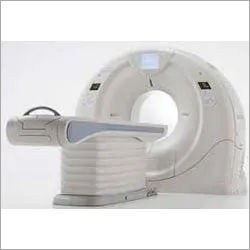
Ct Scanner - Application: Medical
Price : 3000000 INR
Contrast Media Cath Lab Pressure Injector RT 150
MaterialMedical-grade plastic
Dimensions75x50x100 cm
Weight20 kg
Power100-240V
Display10-inch LCD
Pressure Range100-300 PSI
Anita Medical Systems Pvt. Ltd.
Mumbai
 Trusted Seller
Trusted Seller Premium Seller
Premium Seller18 Years
Cath Lab II 15'
ManufacturerSIEMENS
ModelCath Lab II 15''
Size15 inch
Weight100 kg
MaterialMetal/Plastic
Power110V
Fast Cath - Color: Customized
Price: 3000 INR/Piece
MOQ1 Piece/Pieces
ColorCustomized
FeatureDurable
ConditionNew
SizeDifferent available
WarrantyYes
MaterialPlastic
Sah Healthcare Private Limited
Delhi
 Trusted Seller
Trusted Seller Premium Seller
Premium Seller1 Years
Philips Intuis Cath Lab - Application: Industrial
Price: 1000000 INR/Unit
MOQ10 Unit/Units
ColorSilver
UsageIndustrial
SizeDifferent Size
MaterialStainless Steel
ApplicationIndustrial
WarrantyYes
Royal International
Jalandhar
 Trusted Seller
Trusted Seller Premium Seller
Premium Seller16 Years
View More
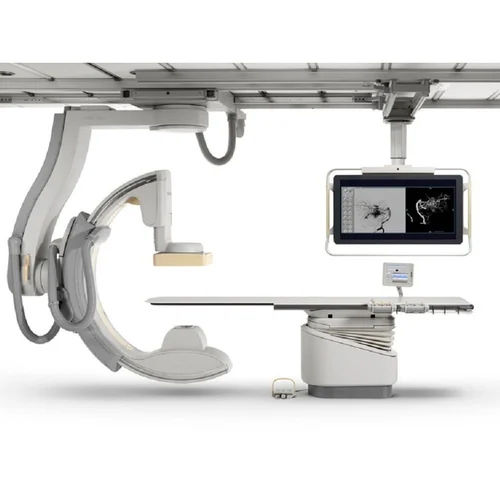
Philips Cath Lab - Application: Industrial
Price : 1000000 INR
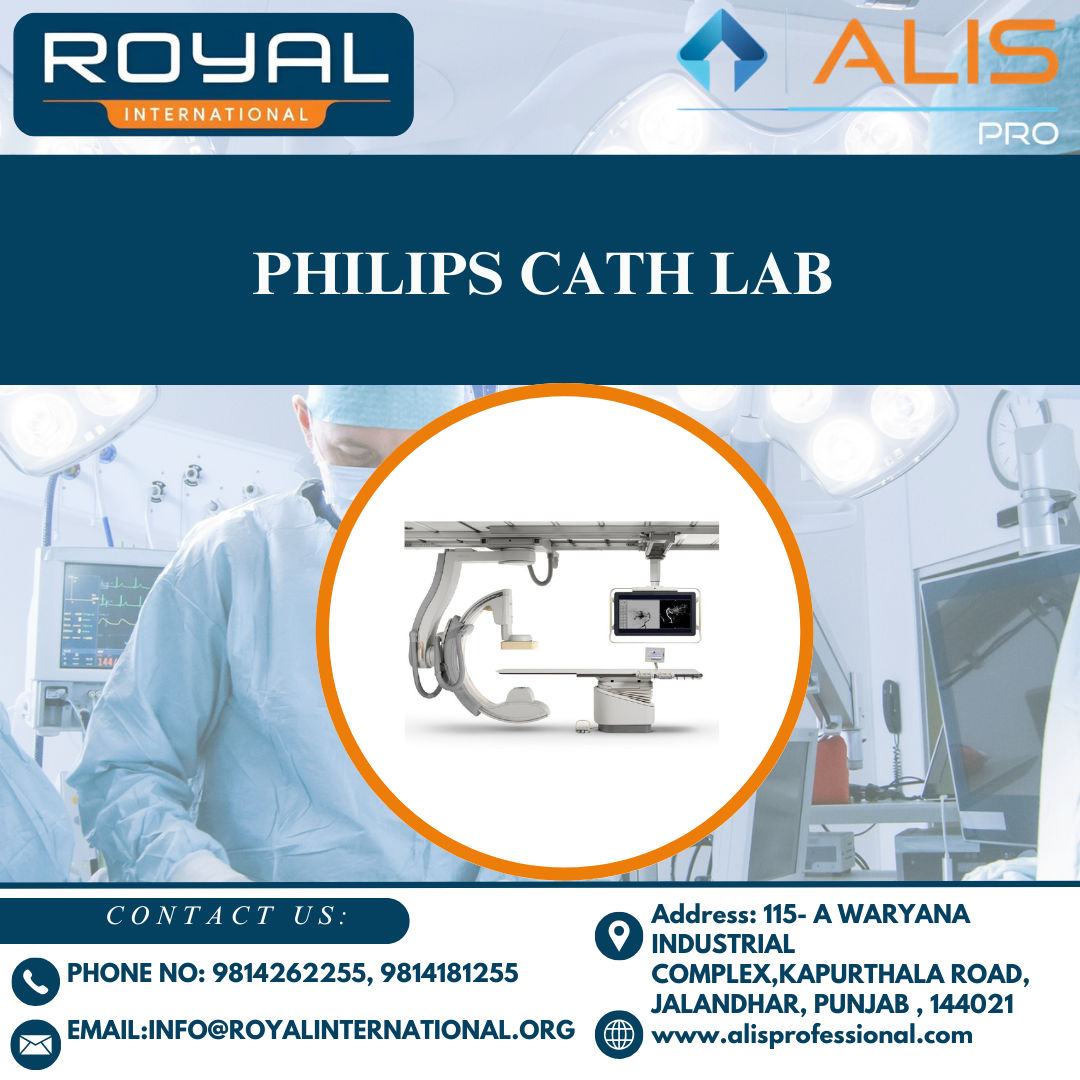
Philips Cath Lab - Application: Medical Imaging
Get Best Deal
Cath Lab - Accuracy: 99.9 %
Price: 3500000 INR/Unit
MOQ1 Unit/Units
Accuracy99.9 %
Power SupplyElectric
FeaturesHigh Quality
ColorWhite
Display TypeLED
UsageTesting & Measurement
View More
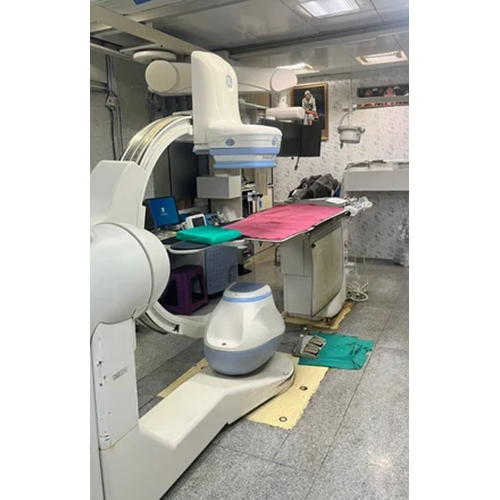
Cath Lab - Application: Laboratories
Price : 3500000.00 INR
Siemens Artis ZEE Cath Lab - FRP Material, White Color | Advanced Integrated Imaging System, Efficient Workflow, 1-Year Warranty
Price: 14000000 INR/Piece
MOQ1 Piece/Pieces
ColorWhite
UsageHospital
Product TypeSiemens Artis ZEE Cath Lab
MaterialFRP
Warranty1 Years
S.B.M. Healthcare (india) Pvt. Ltd.
New Delhi
 Trusted Seller
Trusted Seller Premium Seller
Premium Seller3 Years
View More
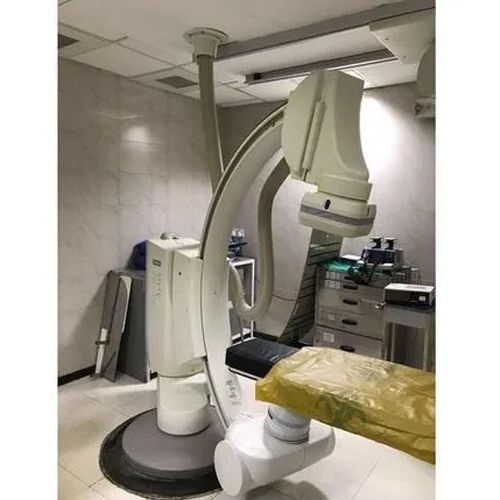
White Artis Zee Siemens Cath Lab
Price : 14000000 INR

White Medical Philips Fd10 Cath Lab
Price : 12500000 INR
Cathlab Kits - Manual Operation, Portable Design | New Medical Equipment for Hospitals, Ideal for Diagnostic Imaging and Interventional Procedures
MOQ100 Piece/Pieces
ApplicationHospital
ConditionNew
PortableYes
Operating TypeManual
UseMedical
Legrand-Mylinc UTP Cat 6 (1M)
Cable TypeUtp Cat6
Length1M
Connector TypeRj45
MaterialPvc
Data Transfer Rate1 Gbps
Impedance100 Ohms
CATHFLUSH 2ML
Price: 68.3 INR
MOQ100
Origin of MedicineSynthetic
Pacakaging (Quantity Per Box)10 vials
Salt CompositionSodium Chloride 0.9%
Drug TypeOther, Flush Solution
IngredientsSodium Chloride
Physical FormLiquid
FAQs Related to Cath Lab
To diagnose or treat some heart diseases, such as blocked arteries or irregular heartbeats, cardiac catheterization is a process in which a catheter, which is a thin, flexible tube, is directed through a blood channel to the heart. This treatment is performed by guiding the catheter.
Because your healthcare professional will not be making a significant incision, cardiac catheterization is not considered to be a surgical operation. In comparison to surgical procedures, the post-op recovery period is much shorter. Depending on the findings of your treatment, your healthcare professional may suggest that you have surgery thereafter in some instances.
The term "catheter" refers to a long, thin tube that is used by medical professionals during cath lab procedures to access the heart or other regions in the body. A tiny incision is made, often in the arm, neck, or upper thigh, and the catheter is threaded through the blood vessels after being put into the incision. In many cases, more extensive surgical intervention is unnecessary after a catheterization. You will be given a moderate sedative to help you rest, but you are going to be fully awake and aware during the whole treatment. Your healthcare practitioner will provide a local anaesthetic to the area where the catheter will be inserted in order to numb it.
The hazards associated with cardiac catheterization are similar to those associated with the majority of other operations that are performed on the heart and blood arteries. However, major issues are very uncommon.
Cath Lab - Automation Grade: Automatic
Price: 3500000 INR/Unit
MOQ1 Unit/Units
Operating TypeAutomatic
Storage InstructionsDry Place
ShapeRound
SizeDifferent Size
Suitable ForHospital
ConditionNew
Cathlab - Pinnacle - Application: Interventional Cardiology Department
Price: 16000000 INR/Number
MOQ1 Number
ApplicationInterventional Cardiology Department
Product TypeCATH LAB System
Suitable ForInterventional Cardiac Surgery
Ge Oec 9900 Elite (Cardiac) - Product Type: Medical Equipment
X-Ray TubeGE 5335464
DetectorImage Intensifier
Model00-881191-01
SoftwareWS 7.0.59
MCU4.5.27
GIB4.6.27
View More

Pre Owned Cath Lab Application: Hospital
Get Best Deal
Lcd Display Xper Cath Lab (Philips) Application: Hospital
Price: 10000 INR/Piece
MOQ1 Piece/Pieces
ApplicationHospital
View More

Cath Lab Machine (2000 Ge Innova) Application: Hospital
Price : 250000.00 INR
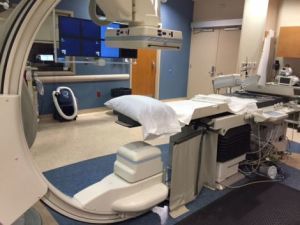
Infinix Vfi / Bp Cath Lab (Toshiba) Application: Hospital
Price : 25000 INR

White Color Cath Lab (Siemens Axiom Dbc) Application: Hospital
Price : 30000 INR
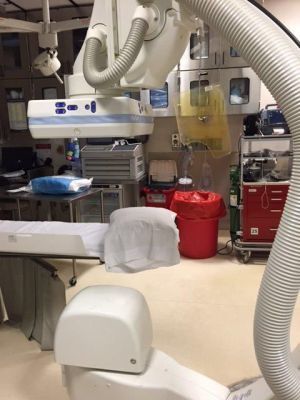
Siemens Axiom Artis Fa Cath Lab Application: Hospital
Price : 13000 INR
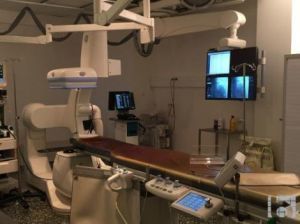
Cath Lab (Ge Innova 3100) Application: Hospital
Price : 16000 INR
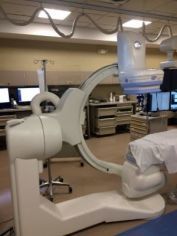
Low Maintenance G.E. Digital Cardiac Cath Lab Application: Hospital
Price : 25000 INR
Lightweight Comfortable To Fit Fashion Sunglasses
Price: 292 INR/Piece
MOQ100 Piece/Pieces
Frame ColorBlack
TypeFashion Sunglasses
Gallipot Application: Hospital
MaterialPlastic
Diameter10cm
Height7cm
Capacity250ml
Weight50g
AutoclavableYes
Cath Laboratory Ups
Power Capacity85-200 kVA
Input Power20 kVA
TechnologyCT UPS
UsageCath Lab power backup
Efficiency95%+
DimensionsVariable
Runthrough NS Guide Wire - Stainless Steel & Nitinol Duo Core Direct-Joint Technology | Smooth Manipulation for Cardiac Procedures, Exclusive Pricing, Ideal for Hospitals and Medical Institutes
Price: 4300 INR/Piece
MOQ50 Box/Boxes
Product TypeWIRE
Usehospitals, nursing
Color Codewhite
ApplicationHospital, Medical Institute
Suitable Forcardiac
Cath Lab - Premium Medical Equipment | High Performance, Long Service Life, User-Friendly Design
Product TypeMedical System
Dominant ColorOff-white
X-ray SourceDigital
Image Intensifier10-inch
ResolutionHigh
DimensionsVariable
Fixed Cath Lab
Generator Power100 kW
Imaging Chain1k x 1k x 14 bit
X-Ray Frequency100 kHz
Tabletop MaterialCarbon Fiber
CollimationAutomatic
UsageCardiac & interventional imaging
Sun Sterifaab Pvt. Ltd.
Ahmedabad
Deals in:
View More

Cath Lab Eto Sterilizer - Capacity: 34 Liter/Day
Price : 350000 INR
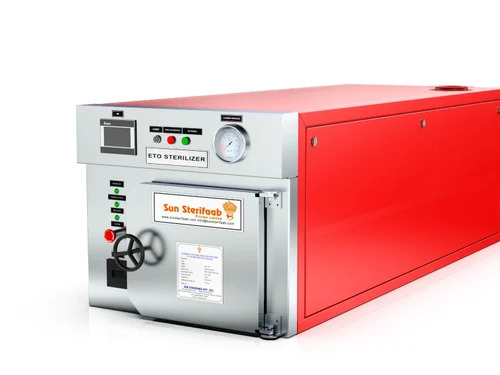
Cath Lab Ethylene Oxide Sterilizer - Application: Hospital
Price : 450000 INR

Cath Lab Eto Sterilizer Chamber Size: 1' X 1' X 2'
Price Trend : 7500.00 - 20000.00 USD ($)

Steri - Techno Fab
Ahmedabad
Deals in:
Divice Medical Systems Pvt Ltd
Secunderabad
Deals in:
View More
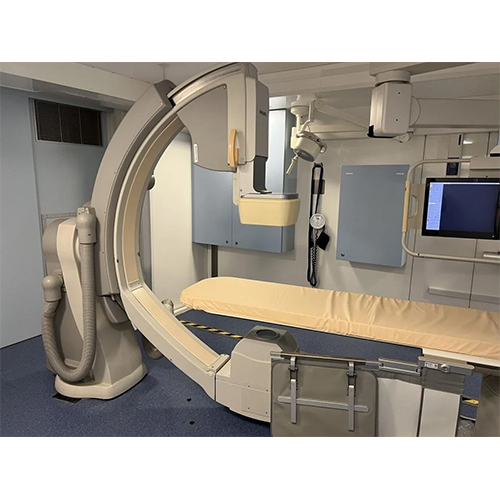
Philips Allura Xper Fd10 Cath Lab - Application: Medical
Price : 500000 INR

Siemens Artis Zee Cath Lab - Application: Medical
Get Best Deal
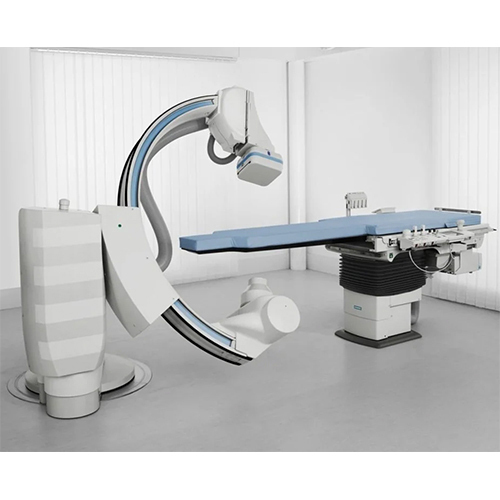
Ge Innova 2100 Iq Digital Cath Lab - Power Source: 130
Price : 200000 INR
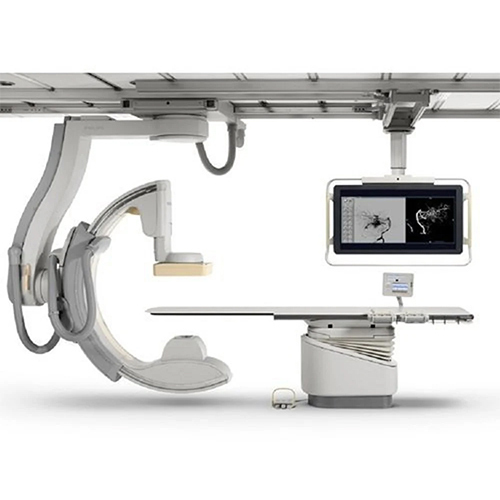
Philips Allura Xper Fd20 Cath Lab - Power Source: 250
Price : 5000000 INR
Master Medical Systems Llp
New Delhi
Deals in:
View More
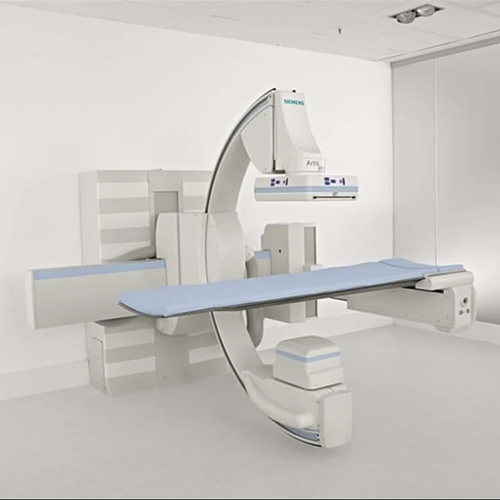
Siemens Axiom Artis Cath Lab Machine - Application: Cardiac Imaging And Interventions
Price : 15000000 INR
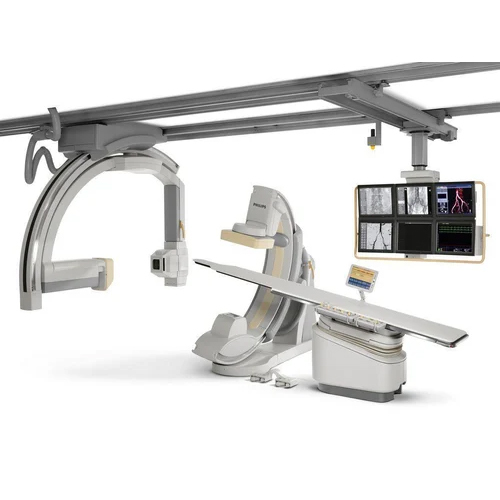
Philips Allura Fd 20 Cath Lab Machine - Application: Cardiac Imaging And Interventions
Price : 15000000.0 INR
Inorbvict Healthcare India Pvt. Ltd.
Pune
Deals in:
Nature's Global Service
New Delhi
Deals in:
Client Testimonials & Reviews

We engaged with Tradeindia since last 7 years. We enjoying good Inquiry and good feedback from Your team.Thanks to tradeindia.com

AmitGoel
NIKE CHEMICAL INDIA
We are associated with Tradeindia since 2013. We are satisfied with their services, and help to Prompt our Business and find some other products on the Portal.
Cath Lab Price List
Product Name | Expected Price |
|---|---|
| CATH LAB | 3500000 |
| Philips Intuis Cath lab | 1000000 |
| Philips Cath Lab | 1000000 |
| Cath Lab | 3500000 |
| Medical Philips Fd10 Cath Lab | 12500000 |
| Artis Zee Siemens Cath Lab | 14000000 |
| Siemens Artis ZEE Cath Lab | 14000000 |
| Micro Guide Catherter Guide Wire 150 CM | 18500 |
| GE Innova 3100 Cath Lab | 890000 |
| Xper Fd 10 Cath Lab (PHILIPS Allura) | 500000 |
This Data was Last Updated on 2025-12-25
Cath Lab Manufacturers | Suppliers in India
Company Name | Member Since |
|---|---|
Anita Medical Systems Pvt. Ltd. Mumbai, India | 18 Years |
Royal International Jalandhar, India | 16 Years |
Steri - Techno Fab Ahmedabad, India | 10 Years |
Sun Sterifaab Pvt. Ltd. Ahmedabad, India | 9 Years |
Premier Medical Corporation Chennai, India | 6 Years |
Glo Led Private Limited Hyderabad, India | 6 Years |
Ravi Bio Impex Hyderabad, India | 5 Years |
S.b.m. Healthcare (india) Pvt. Ltd. New Delhi, India | 3 Years |
Shivsrushti Surgimed Private Limited Mumbai, India | 3 Years |
Harisons Life Science Surat, India | 2 Years |
Upcoming Tradeshows
CWIEME Shanghai 2026
Wed, 24 Jun, 2026 - Fri, 26 Jun, 2026
INDOMACH Jamshedpur 2026
Thu, 05 Feb, 2026 - Sun, 08 Feb, 2026
Asia Photonics Expo (APE 2026)
Wed, 04 Feb, 2026 - Fri, 06 Feb, 2026
IFF - India Fashion Forum 2026
Wed, 28 Jan, 2026 - Thu, 29 Jan, 2026
Plastic Packaging Printing Expo (P3) 2026
Fri, 10 Apr, 2026 - Mon, 13 Apr, 2026
STEEL CONSTRUCTION EXPO 2026
Thu, 26 Feb, 2026 - Sat, 28 Feb, 2026
Panacea - Natural Products Expo India 2026
Fri, 06 Mar, 2026 - Sun, 08 Mar, 2026
India Boat & Marine Show 2026
Thu, 29 Jan, 2026 - Sat, 31 Jan, 2026
Spectra Expo 2026
Wed, 06 May, 2026 - Fri, 08 May, 2026
Odisha Mining & Infrastructure International Expo 2026
Thu, 08 Jan, 2026 - Sun, 11 Jan, 2026
Popular Categories

